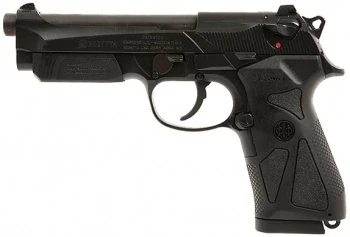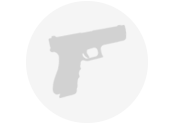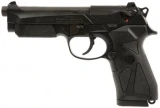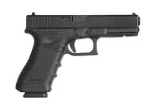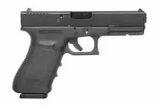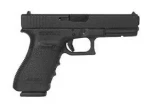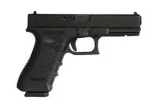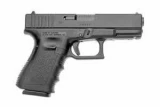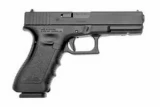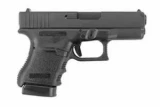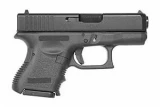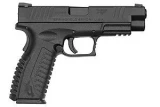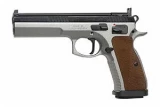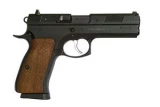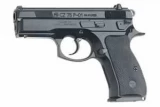Beretta 90-TWO vs Walther TPH Pistol
Put handguns head to head to compare caliber and more.
|
$409.85
|
vs |
$844.99
|
| Handguns | Beretta 90-TWO | Walther TPH Pistol |
|---|---|---|
| Summary | ||
| Rating | ||
| Rank | ||
| Action | Double Action | Double Action |
| Caliber | 9x19mm Parabellum | |
| Capacity | 17+1 | 6+1 |
| Sights | Night Sights | |
| Barrel Length | 4.9" | |
| Finish | Black | |
| Gun Type | Pistol | Semi-Automatic Pistol |
| Details | ||
| Brand | Beretta | Walther |
| Reviews | See 20 Reviews | N/A |
| Prices | ||
| MSRP | $413.85 | $863.99 |
| Used Price | $289.70 | $604.79 |
| Sale Price | $372.47 | $777.59 |
Handguns Descriptions
Beretta 90-TWO
The newly designed frame of 90two pistol ensures trouble-free insertion and holster extraction, thanks to its rounded and truly snag-free surfaces. Inside the frame, near the disassembly lever, a metallic recoil buffer reduces the impact of the slide assembly against the frame during the shooting cycle. By redistributing the stresses, the recoil buffer increases the service life of the firearm. Trigger guard is also rounded to ensure, when firing with two hands, the correct positioning of the supporting hand.
Walther TPH Pistol
The TPH is blow-back operated and does not have a breech locking system. The barrel is fixed to the frame and fits tightly in the slide so that no bushing is needed. The recoil spring is assembled around the barrel and is retained and compressed by the slide such that no bushing is necessary. Unlike the Walther TP, with its open-top slide, the TPH has an enclosed breech with an ejection window. The extractor is an L- shaped piece of steel which is spring supported and positioned in a groove on the right side of the frame beside the striker. Similar to the TP, the ejector is positioned on the left side of the breech block behind the magazine well and the connector runs externally on the right side of the frame, beneath the right grip plate. The one-piece firing pin and the striker spring protrude through the safety arbor and are held in position by it. There is a break-trough on the left side of the slide where the safety lever, which is fixed to the arbor, is positioned. It has a 60-degree turn similar to the late PPK models, with down as the safe position and up as the firing position simultaneously showing a red mark.

